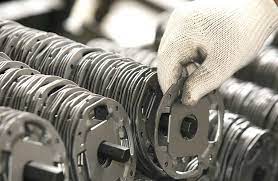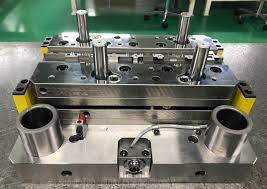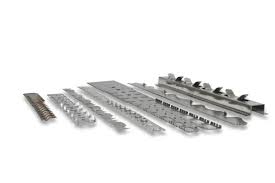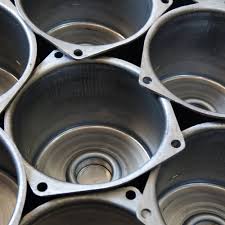Within the realms of modern engineering and industry, hydraulic systems quietly wield immense influence across a plethora of applications. Leveraging fluid power to generate, regulate, and transmit force, these systems redefine efficiency and adaptability across various sectors. Let’s embark on a journey into the universe of hydraulics, uncovering its diverse applications, inherent benefits, and the integral role of geogrid in augmenting its functionality.



Understanding Hydraulic Systems
Hydraulic systems harness the power of liquid to transmit force. Comprised of a reservoir for hydraulic fluid, a pump to pressurize the fluid, and actuators like cylinders or motors, these systems utilize pressurized fluid to execute a multitude of tasks. The movement of fluid within the system creates force capable of lifting heavy loads, propelling machinery, or fulfilling varied functions.
Versatile Applications of Hydraulic Systems
Hydraulic systems find wide-ranging applications across multiple industries. In construction, they empower heavy machinery like excavators and cranes, enabling precise movements and substantial lifting capacities. Automotive industries rely on hydraulics for braking systems and power steering, ensuring safety and operational control. They also play pivotal roles in aerospace, agriculture, and manufacturing, facilitating diverse specialized tasks.
Advantages of Hydraulic Systems
A notable advantage of hydraulic systems lies in their ability to generate significant force with relatively compact components. They offer precise control, high power density, and adaptability to various environmental conditions. Their capability to transmit power across considerable distances without substantial loss makes them indispensable across myriad applications.
Geogrid’s Role in Enhancing Hydraulic Systems
Geogrid, a geosynthetic material crafted from polymers or similar substances, fortifies soil structures, enhancing their load-bearing capacity. In hydraulic engineering, geogrid stabilizes soil in applications such as retaining walls, embankments, and slope reinforcement. This reinforcement bolsters soil structures, facilitating the construction of robust foundations for hydraulic systems, and ensuring their longevity and resilience.



Relevant Applications:
Hydraulic systems serve as the backbone of heavy machinery, propelling cranes, forklifts, and bulldozers. They drive hydraulic presses in manufacturing, deliver precise control in flight simulators, and power mechanisms in amusement park rides. Geogrid specializes in civil engineering, fortifying soil for roads, railways, and hydraulic structures like dams and levees.
Hydraulic systems persistently shape various industries by delivering unmatched power and precision. The incorporation of geogrid strengthens their capabilities, ensuring stability and reliability in critical hydraulic applications, cementing their significance in today’s engineering landscape.
